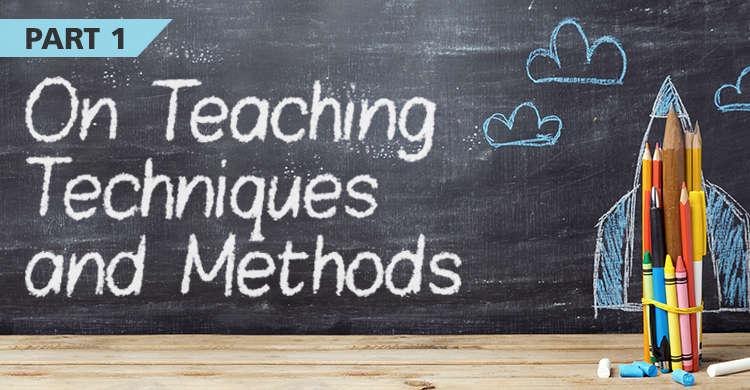Confusion is not only a natural part of the learning process; it might also be a necessary part. When learners engage in a productive struggle, they must 1) challenge their own preconceived notions, 2) integrate concepts in a manner that makes sense to them, and 3) create meaning in a manner that supports their personal integration and retention of the new information or skill. They must be able to think their way through learning.
If learners do not have to engage in a productive struggle, they may be able to memorize key ideas, but they will retain their original belief systems or preconceived notions. If they memorize details or algorithms but never use them to tackle challenges, they may not remember the information or retain the skills. So, simply giving information that is factual, concrete, and detailed will likely generate short-term benefits (e.g., passing a test in the immediate future), but not guarantee long-term mastery.
Instruction that skillfully employs confusion requires learners to engage in the learning in meaningful ways. They are challenged to rectify the difference between what they once believed/understood and what they are now learning to believe/understand. They must explore their new content in provocative situations in order to master and retain it. Such instruction is more likely to generate increased mastery and retention.
Anyone can cause confusion, but when it comes to instruction, there is good confusion and there is bad confusion. To get the right results, teachers must integrate the right amount of the right kind of confusion and at the right time in order to support engaged learning. The table below highlights the differences in the traits between good and bad confusion:
| Traits | Bad Confusion | Good Confusion |
| The Right Time | Happens before basic knowledge is understood or skills are demonstrated sufficiently. | Happens after basic knowledge and skills are developed and as learners are striving to achieve mastery. |
| The Right Kind | Draws on advanced content (e.g., material the learner has not yet been exposed to or material that requires prerequisite skills that are not yet in place). | Draws on preconceived notions or common misunderstandings within the current content. |
| The Right Amount | The gap causes disconnects that the learner cannot rectify without considerable help. | The gap causes dissonance that the learner can rectify individually or collectively with peers (little teacher intervention is required). |
| The Right Results | The degree of challenge overwhelms the learner, and he or she may quit. | The degree of challenge intrigues and motivates the learner to persist. |
Skillful instruction does not provide all of the content through direct, detailed, and sequenced information; instead, it intentionally orchestrates dissonance that intrigues and motivates learners to seek additional information as well as draw their own conclusions and develop quality solutions.
Productive failure is often necessary to achieve deep learning. Done well, orchestrating confusion that can be mastered during the instructional process can lead to mastery of content, critical thinking, and creativity.
[author_bio id=”68″]






